Some movies crash and burn while others rise out of nowhere—and it’s never who you expect.

Every year, studios roll out their biggest bets, pushing A-listers and massive budgets under the bright lights of opening weekend. But once in a while, a movie nobody saw coming storms the box office or a sure-thing blockbuster crashes so hard it leaves executives stunned. These cinematic twists are the reason the film industry remains so unpredictable—and so fascinating.
These eight films didn’t just shift expectations—they demolished them. Some were modest little projects with no marketing muscle that exploded into global sensations. Others had all the ingredients for disaster and yet somehow found their audience anyway. And a few were so poorly received they seemed doomed, only to be resurrected by word-of-mouth, streaming, or sheer curiosity. Number four? That one still has people scratching their heads in disbelief.
1. The Sixth Sense (1999) turned a whisper into a worldwide roar.
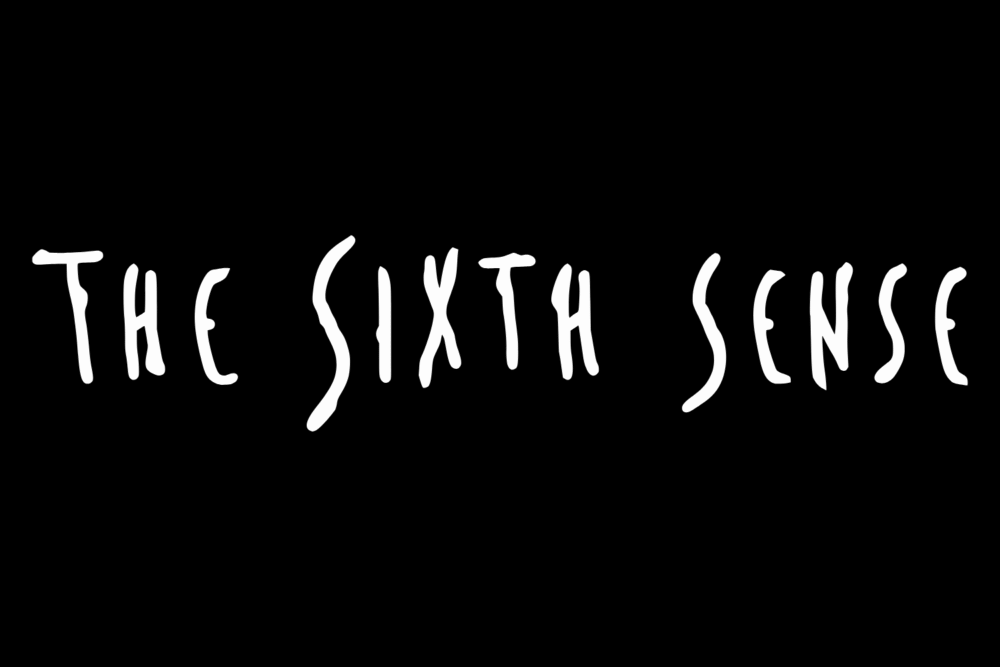
Nobody expected M. Night Shyamalan’s quiet little thriller to become a cultural phenomenon. It starred Bruce Willis in a low-key role and focused on a troubled boy who claimed to see ghosts. The trailer was cryptic. The buzz was minimal. But once the film hit theaters, audiences were absolutely hooked, according to David Sims at The Atlantic.
Word-of-mouth did the heavy lifting. That twist ending—the kind that made you want to watch it again immediately—turned casual viewers into raving fans. It earned nearly $700 million worldwide and launched Shyamalan’s career overnight. What began as a slow burn became one of the most talked-about films of the year, and it still gets referenced today whenever a movie dares to pull off a big reveal.
2. Juno (2007) used wit and heart to dominate awards season.
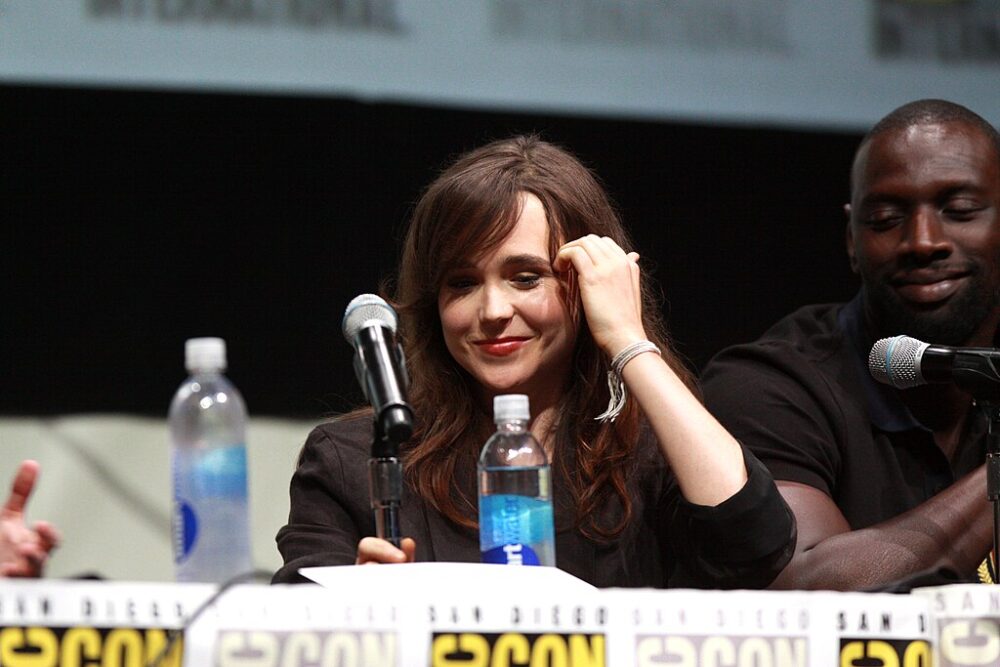
A quirky indie about a pregnant teenager doesn’t exactly scream box office smash, but Juno had something special. Ellen Page’s sharp performance and Diablo Cody’s witty, fresh script gave it life beyond expectations. It premiered at festivals with modest hopes and ended up grossing over $230 million worldwide, as reported by the experts at the Peculiar Picture Show.
Audiences connected with its sincerity. The film managed to tackle teen pregnancy without losing its edge, and its humor made it accessible even to those who normally avoided the genre. Critics praised it, awards shows nominated it, and young adults adopted it as a generational anthem. It’s a perfect example of how honesty and a distinct voice can go much further than flashy effects or a big budget.
3. Get Out (2017) scared its way to critical and commercial glory.
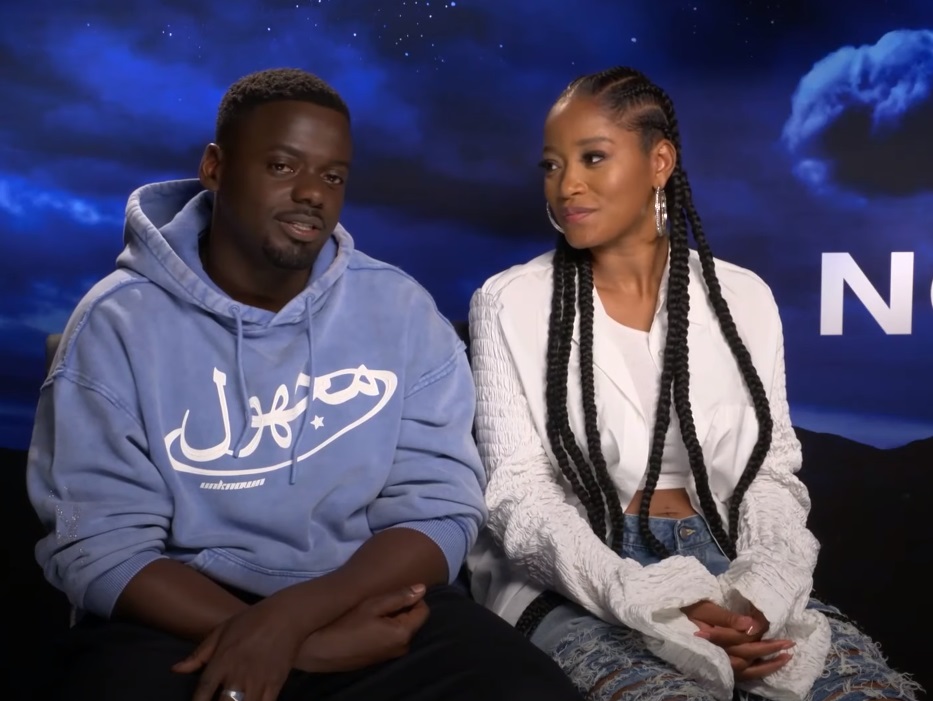
Jordan Peele was mostly known for comedy before Get Out premiered. So when a horror film with social commentary directed by a sketch comic arrived, people weren’t sure what to expect. What they got was a tight, terrifying, deeply relevant thriller that took direct aim at racial dynamics in modern America, as stated by Dean Buckley at The Sundae.
It cost only $4.5 million to make and earned over $250 million globally. More than that, it sparked national conversations, inspired essays, and won Peele an Oscar for Best Original Screenplay. Its mix of genre and message proved audiences were hungry for smart horror with something to say. No one predicted it would have that level of impact, and yet it now sits on countless “best of the decade” lists.
4. Paddington 2 (2017) became a nearly perfect film by accident.
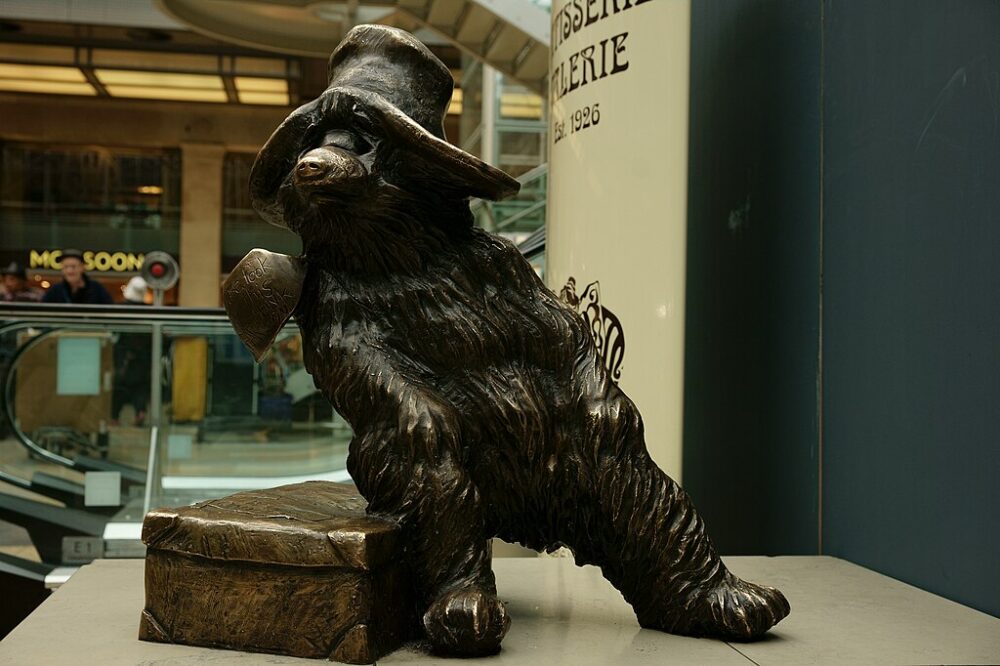
A sequel to a modest children’s movie about a marmalade-loving bear? Critics barely paid attention when Paddington 2 hit theaters. But then the reviews rolled in. And then more. And more. Suddenly, it had a 100% rating on Rotten Tomatoes and became the unlikely gold standard for pure, joyful filmmaking.
It quietly charmed the world. Families flocked to it. Adults cried during it. People who hadn’t seen the first movie went back to catch up. The writing, acting, and visuals were all so on-point that it won over the most cynical viewers. Nobody thought it would be more than a cute sequel. Instead, it became a beloved classic—and a benchmark of what wholesome cinema could be.
5. Slumdog Millionaire (2008) danced its way into Oscar history.
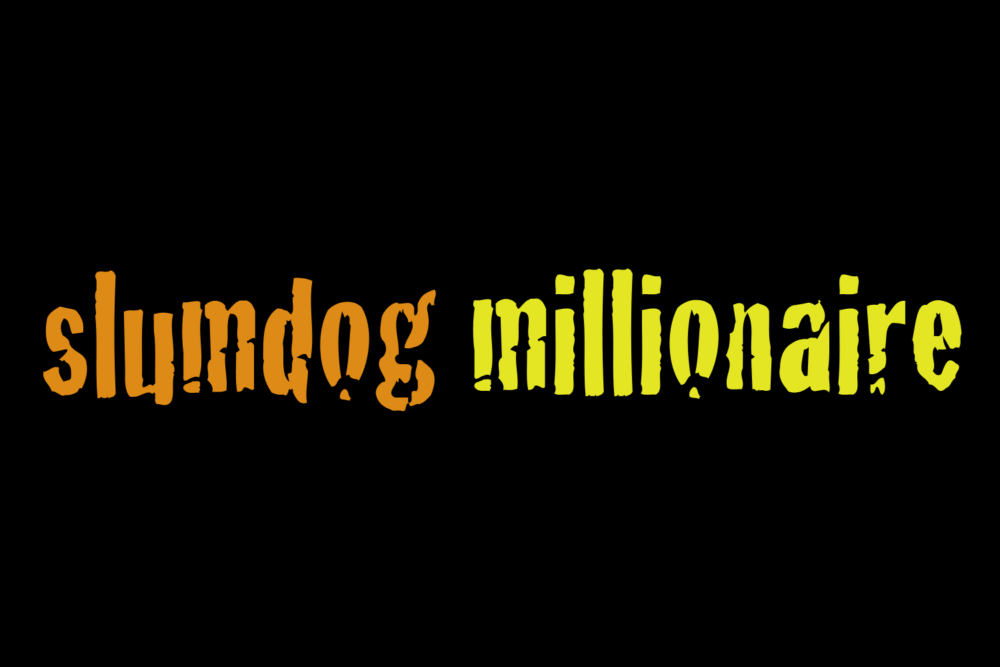
Originally slated to go straight to DVD, Slumdog Millionaire was nearly buried before anyone had a chance to see it. But a strong festival response changed everything. Directed by Danny Boyle and featuring a cast of mostly unknowns, it blended drama, romance, and vibrant Bollywood flair into something electric.
Audiences loved its heart. The story of a poor kid rising to success through a game show felt timeless, and its raw emotion resonated across cultures. It won eight Academy Awards, including Best Picture, and earned over $378 million at the box office. Not bad for a movie that nearly never made it to theaters. Its unlikely success proves that no movie should ever be underestimated.
6. The Hangover (2009) rewrote the rules for R-rated comedies.
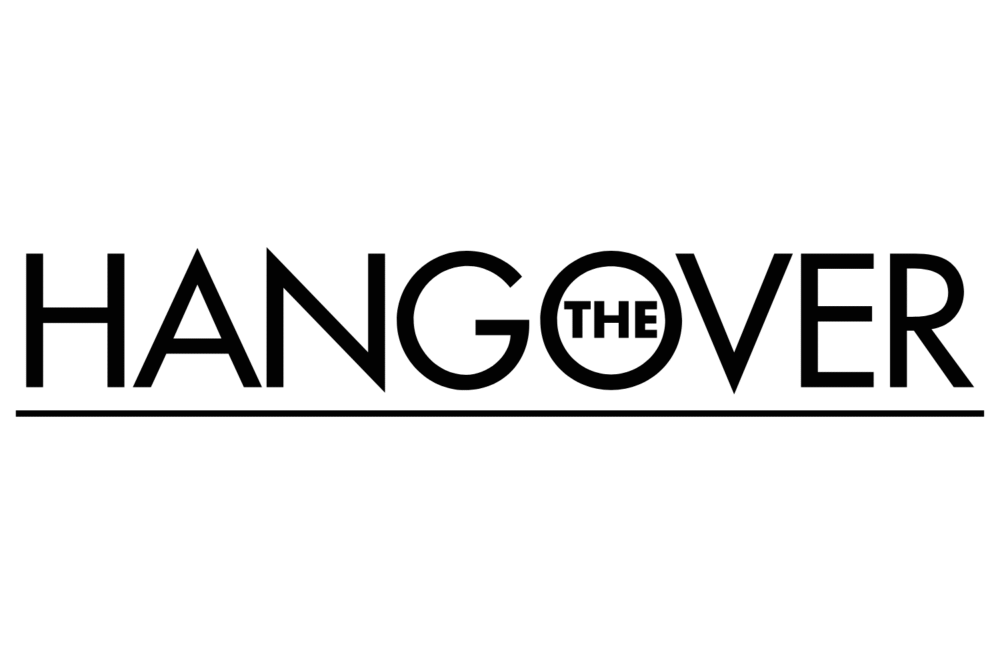
With a relatively low budget, no major stars, and a completely unhinged plot, The Hangover didn’t seem like a game-changer. But its mix of chaotic humor and unpredictable twists made it a cultural juggernaut. Audiences howled, quoted it endlessly, and returned to theaters to bring their friends.
It grossed over $467 million and became the highest-grossing R-rated comedy at the time. Hollywood scrambled to replicate the formula, and suddenly every studio wanted a raunchy bachelor party comedy. But nothing quite matched the lightning-in-a-bottle success of the original. It became a cornerstone of modern comedy and proved that outrageous, well-executed risk could still pay off big.
7. Crazy Rich Asians (2018) rewrote what box office success looks like.
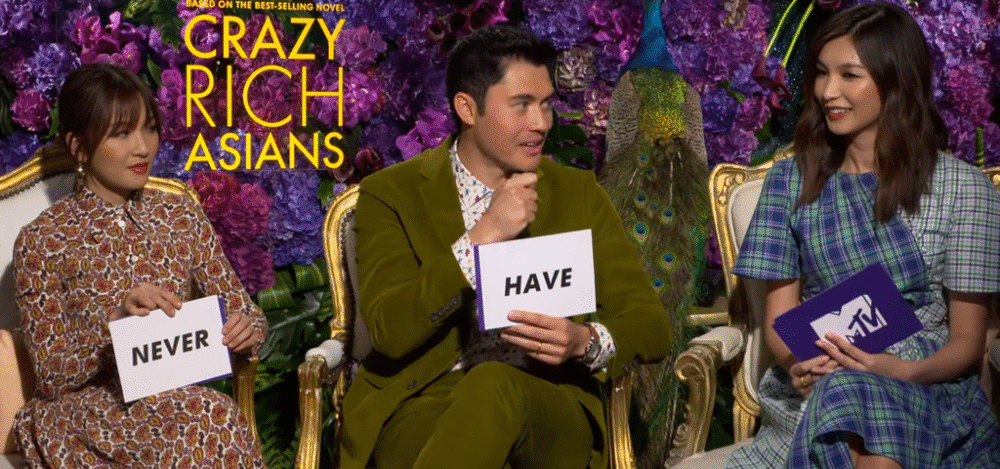
Hollywood wasn’t betting big on Crazy Rich Asians. Despite being adapted from a popular novel, the all-Asian cast and rom-com genre weren’t exactly viewed as a guaranteed win. But the film defied expectations, raking in over $238 million and earning critical praise worldwide.
Audiences showed up in droves for its blend of glamor, heart, and cultural authenticity. It wasn’t just a win for representation—it was a reminder that stories with specific voices and backgrounds have massive universal appeal. Studios started rethinking casting and storytelling strategies overnight, all because one glossy love story refused to play by the usual rules.
8. Top Gun: Maverick (2022) soared when everyone expected it to stall.

Sequels that arrive decades later usually crash and burn. Most people expected Top Gun: Maverick to be a nostalgia cash grab. Instead, it turned out to be one of the most well-executed blockbusters in recent memory. Tom Cruise returned in full force, and critics raved about its pacing, visuals, and emotional payoff.
The film crossed the $1.4 billion mark globally and became one of the biggest post-pandemic hits. It appealed to older fans without alienating younger audiences, and it reminded the world why people go to theaters in the first place. Against all odds, Maverick became a modern-day legend—proof that smart storytelling and heart can still win the box office.
9. Paranormal Activity (2007) terrified audiences with a shoestring budget.
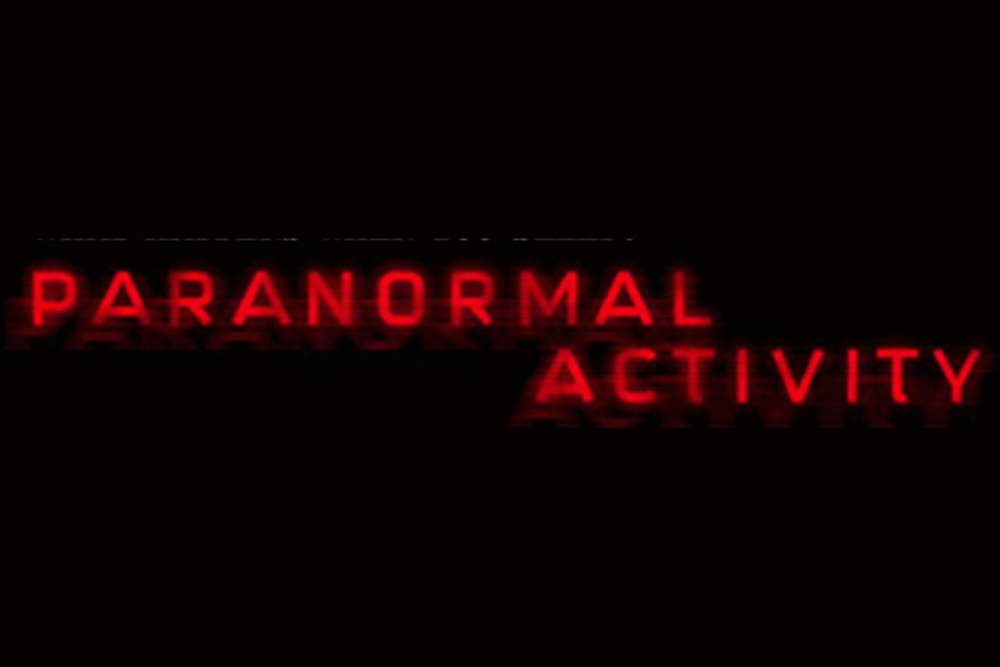
Filmed for just $15,000 in a single house with a handheld camera and no-name actors, Paranormal Activity looked like a college film project. But once audiences got a taste of its slow-burn dread and realistic style, it exploded into a full-blown phenomenon. The film pulled in nearly $200 million globally, making it one of the most profitable movies ever made.
Its genius was in what it didn’t show. By leaning into subtlety and psychological tension instead of flashy effects, it let imaginations run wild. Crowds left theaters shaken. Sleep became a problem for weeks. The movie proved you don’t need a blockbuster budget to make people scream—you just need to mess with their heads in the right way.
10. The Greatest Showman (2017) built a fanbase after critics walked out.

Critics weren’t kind when Hugh Jackman’s circus-themed musical first hit theaters. They called it cheesy, over-the-top, and overly glossy. But audiences? They couldn’t get enough. People started buying tickets just to hear the songs again. Within weeks, sing-along screenings popped up across the country, and the soundtrack topped charts worldwide.
What made it so enduring was its emotional sincerity. Viewers connected with the underdog spirit, the colorful performances, and the message of embracing uniqueness. Word-of-mouth drove ticket sales long after its initial release. Against all odds, a musical that looked like it might flop became a sleeper hit—and an anthem for the unapologetically bold.
